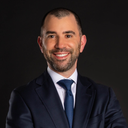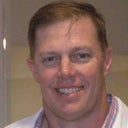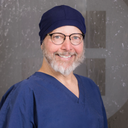Posted underDiastasis Recti Repair q&a
Diagnosing Ventral Hernia? What tests should a doctor preform?
I know I have diastasis recti but what is the best method to diagnosis ventral hernia? What test should a doctor perform?
Answers (18)
From board-certified doctors and trusted medical professionals
More Diastasis Recti Repair Questions
See all Diastasis Recti Repair Q&AWE SEND PRETTY
EMAILS
What’s trending? Who’s turning heads? Which TikTok myths need busting? We’ve got you. No fluff, no gatekeeping—just real talk. Get our free, unfiltered newsletter.




